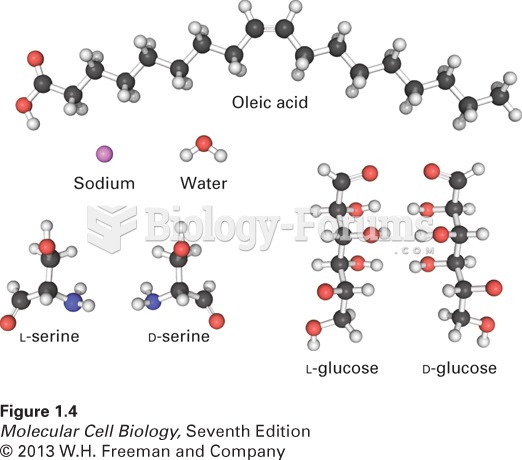Answer to Question 1
In the past, girls with ADHD were a highly understudied group (Hinshaw & Blachman, 2005). Although girls with ADHD tend to display inattentive/ disorganized symptoms, some research shows more similarity between girls and boys with ADHD than was previously thought to exist. Some studies have found that among clinic-referred school-age children with ADHD, boys and girls are quite similar with respect to their expression and severity of symptoms, brain abnormalities, deficits in response inhibition and executive functions, level of impairment, family correlates, response to and young adulthood, including anxiety; depression; romantic relationship difficulties; conflict with mothers; significant peer rejection and conduct problems; large deficits in academic achievement; continuing deficits in attention, executive functions, and language; impaired decision making; and high rates of service utilization (Babinski et al., 2010; Biederman et al., 2010; Mick et al., 2011; Miller et al., 2013; Owens et al., 2014).
Answer to Question 2
Rash and disorganized behaviors are a constant source of stress for the child and for parents, siblings, teachers, and classmates. Nothing seems physically wrong with the child, and at certain times or in some situations the child with ADHD seems fine. Such inconsistencies may cause others to think the child could do better if only she tried harder or if her parents or teachers would set firmer limits. However, increased effort and stricter rules usually don't help, because most children with ADHD are already trying hard. They want to do well but are constantly thwarted by their limited self-control. As a result, they experience the hurt, confusion, and sadness of being blamed for not paying attention or being called names like space cadet.. They may be scolded, put down, or even spanked for failing to complete homework or chores. Unfortunately, they may not know why things went wrong or how they might have done things differently.








